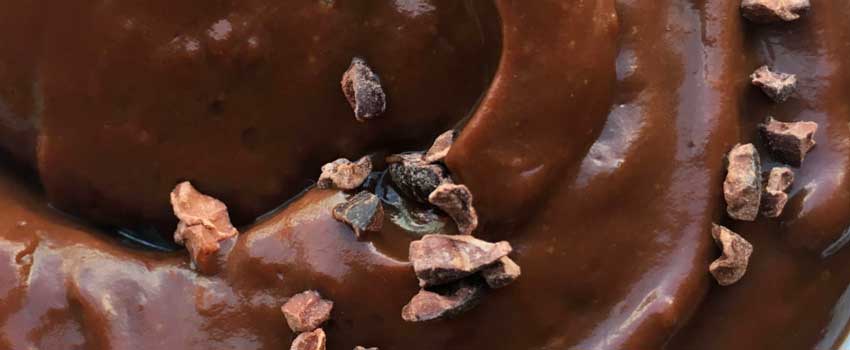Chocolate is the most ever-present ingredient in our kitchen, and we only discriminate in its quality. I happen to adore the silky, malted textures and flavors of milk chocolate as much as the tannin-rich bittersweet ones, but each has its own place in your recipes. We’ve got 20 chocolate-centric recipes and counting (click here for the entire collection) and thought we’d leave you with some of our favorite tips and tricks for working with cacao.
Pay attention to percentage!
When a recipe calls for dark chocolate, don’t substitute for semi-sweet or milk. The other ingredients in your recipe (butter, eggs, sugar, etc) are all proportioned to match up with the sugar and fat content in the chocolate. The darker the chocolate, the less fat and sugar it has; so the recipes which call for bittersweet have a higher ratio of fats and sugars, and vice versa.
Be careful when melting chocolate
We recommend either using a microwave with short intervals and lots of stirring between them OR bringing a shallow pan filled 1/3 of the way up with water. Once the water begins simmering, turn the heat nearly off, place a much larger bowl over the skillet and stir the chocolate continuously until most of it has melted. Remove the bowl from the heat and stir until all the chocolate has melted.
Make this
Because everyone should know how to make pudding at midnight.
Water is enemy #1 when you’re melting chocolate with no other ingredient
If you get a drop of water in your chocolate bowl, you’ll notice that it will immediately seize up and look curdled. If butter, milk or water show up in any other part of your recipe, add a touch to the melted chocolate and watch it smooth out.
Eat it
Seriously, taste your chocolate before you work with it. Make sure you love it and read our blog post about how and where to buy good baking chocolate.
Make this
Because even your gluten free friends can have it.
Cocoa powder rules
Cocoa powder is the by-product of the extraction of fat from the cocoa bean. Each cocoa bean is made of up to 50% fat, which is pressed out of chocolate liquor (a thick paste ground entirely from roasted cocoa nibs) into cocoa butter. The remaining stuff is what we call cocoa powder. Some cocoa powders are treated with an alkali (these are called Dutch-processed cocoa powders) to make them more stable with your leavener such as baking soda. If untreated, they are called natural cocoa powders. Do not use sweet ground chocolate in place of cocoa powder- these mixtures are made up of mostly sugar.
Omit the vanilla
I know. I get gasps and stern talking-tos when I mention this, but here’s the truth: all chocolates contain vanilla, and while I love the flavor of the beans and extracts, I find that they tend to mellow chocolate out. Vanilla, on its own, is divine, but when I bite into a chocolate chip cookie, I want to taste the difference between the dough and the chocolate pieces.
Make these
Because chocolate for breakfast.
Enough with the chips
As a general rule of thumb, I prefer not to purchase chocolate chips. Chocolate manufacturers like to add waxes and stabilizers to chocolate chips so they can keep their perfect curly-q shape, even after baking. This results in chocolates that melts unevenly, seizes easily and tastes waxy. Chop up good-quality chocolate pieces for your cookies and brownies and buy your chocolates in large blocks.

